The Return of a Legend: Chalet Is Back for a Limited Pop-Up Run at EQ
July 26th, 2024
Langkawi stands as one of Malaysia’s most popular holiday getaway destinations. Editor Chad Merchant visits this easily reached island once again and finds it to be, as ever, an enjoyable escape.
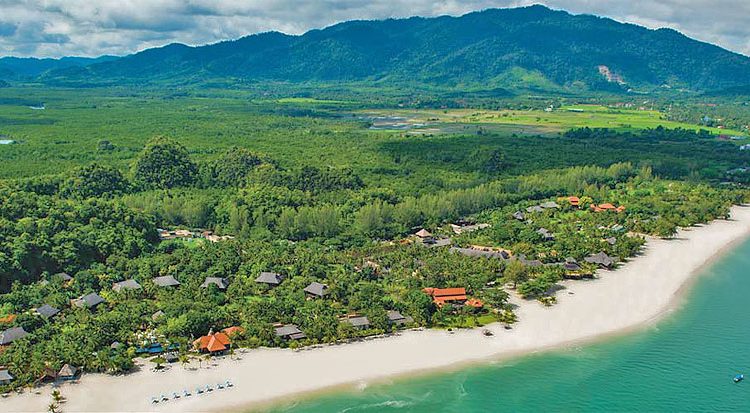
Malaysia has a great many islands, but only a small number of them are really suitable for short getaways. One of the most popular of these is surely Langkawi. Easily accessible, developed, and long on things to do, Langkawi offers vacationers an easy respite from the stresses of everyday life. But for many people, the one thing that the island offers – perhaps to its detriment – is unrealised potential. There are many great things in Langkawi, to be sure, but at the same time, it’s not hard to imagine this beautiful island being so much better, and offering so much more. It is truly an enigmatic destination, but one that’s certainly worth a visit (or two), even if you find yourself hoping that it will one day reach its full potential. In many ways, Langkawi really is a special place.
The Langkawi International Airport, located just a few minutes from the island’s popular beach areas of Pantai Cenang and Pantai Tengah, has just wrapped up an extensive refurbishment and expansion of its terminal making it much more inviting for travellers. It’s worth noting that Langkawi’s airport is incredibly easy to get in and out of, and unlike other popular island destinations in the region, such as Bali or Phuket. When flying into Langkawi, you can be relaxing at your hotel or resort soon after arriving – usually within 20 to 30 minutes for most areas!
Langkawi has a number of conflicting realities that naturally invite questions. How can an island that’s so laid-back and really not at all urbanised have such great roads and infrastructure? How can an island that’s duty-free still charge a tourist tax? And how can it be a cheap destination and a costly one at the same time? Expanding on that last conundrum, some things in Langkawi are decidedly inexpensive: from local food to duty-free beer and spirits, time spent here can be very affordable. Of course, more often than not, you’ll need to know where to go and, just as importantly, where to avoid. But you can really spend a lot here too, if that’s your preference.
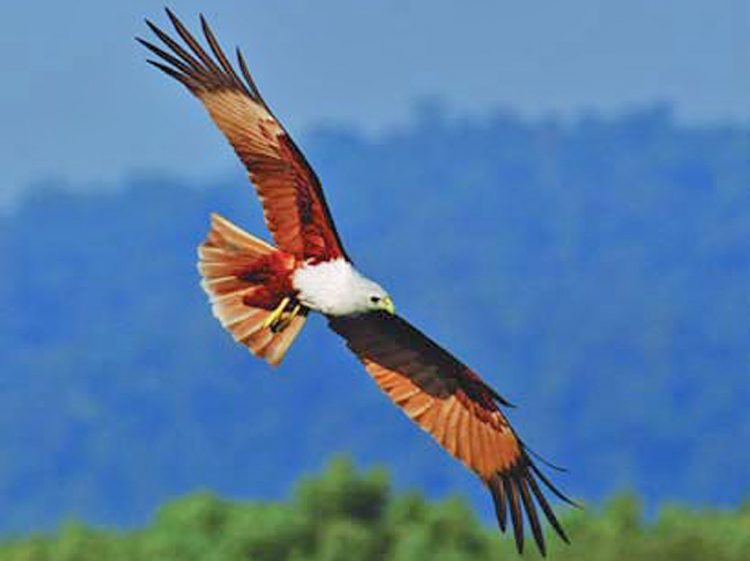
For good food that won’t dent your wallet, we always recommend places like Wonderland and Teo’s just near Kuah, both serving up seafood and other delicious fare. The former is immensely popular, and though there’s no ambiance whatsoever, the convivial atmosphere (it’s always packed), great food, and speedy, friendly service more than make up for it. The latter, meanwhile, is non-halal, equally bereft of ambiance, and offers a particularly good garlic pork dish. To wash down your dinner, either of these dining options will bring a can of cold beer to your table for a paltry RM4 or less. For seriously cheap eats, meanwhile, there are plenty of roadside stalls and mamaks that will satisfy you. A convoy of food trucks can almost always be found on the side of the road that runs parallel to the runway at Langkawi’s airport, many of them serving the local laksa. Near Kuah, on the main road into town, we always enjoy the Padang Pasir mamak kitchen, consistently turning out some of the best roti on the island. At night, you can feast on tender chunks of chicken hot from the tandoor oven, served with various curries. Add a side of made-to-order naan, and you’ll eat exceptionally well for RM15 or less. Another favoured spot is beachside at Tanjung Rhu, up on the north coast of Langkawi. Here, you can get local bites and fresh coconuts on the cheap from a hodgepodge of vendors who have set up shop. The hot-from-the-oil banana fritters (pisang goreng) are a notable treat here, a fun snack to nosh on while sitting and looking out over the white sand and Andaman Sea beyond into Thailand.
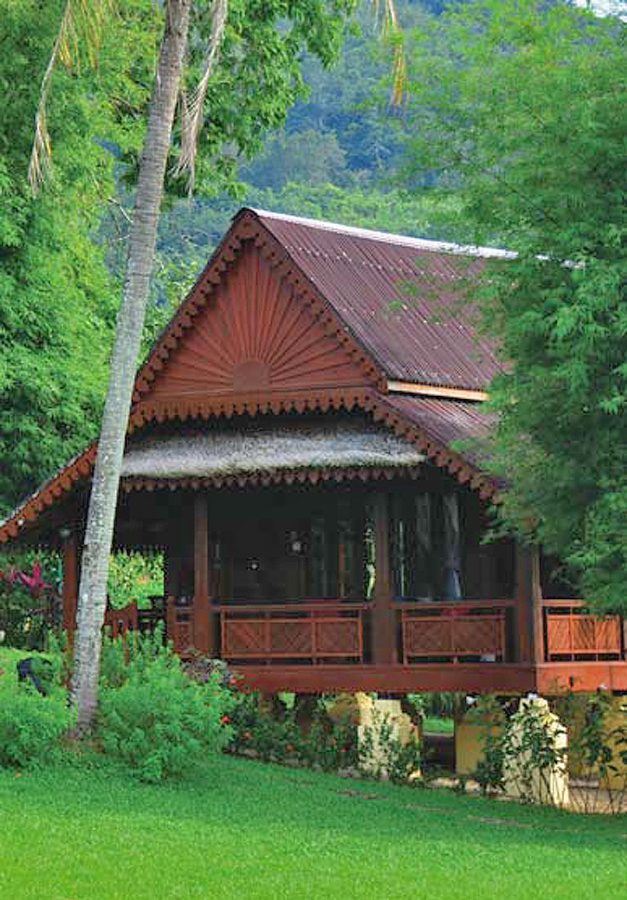
Though you can find inexpensive meals with relative ease, some of the costs in Langkawi are frustratingly high. Some travellers have noted the comparatively high cost of good accommodation here, where even a basic room in a midgrade hotel can set you back RM250-300 a night. We have also heard comments about the star ratings of some properties not being at all aligned with regional or international standards – a supposed four-star hotel, for example, offering only the most basic of accommodation and amenities, an especially vexing phenomenon given that Langkawi’s variable tourist tax is based on the star rating of the property. At the top of the spectrum, Langkawi boasts some of the biggest names in luxury hotels and resorts, with an indulgent property seeming to exist at every compass point of the island – from the St. Regis and Westin resorts on the southeast coast to Four Seasons and Tanjung Rhu resorts on the northeast side, as well as Ritz-Carlton and The Danna on the west coast, The Datai and The Andaman in the northwest, and more posh resorts coming soon. Clearly, holidaymakers seeking highend accommodation have plenty to choose from here. Room rates are correspondingly high though, with the most luxurious resorts ranging from RM1,500 to RM2,500 a night for a standard room.
Of course, more affordable options do exist, and a quick search on TripAdvisor or Agoda shows the sheer breadth of Langkawi’s accommodation scene.
Pantai Tengah is an appealing beachside place to stay, and the two newest additions to the scene have greatly added to the area’s desirability.Just recently opened, the beautiful Aloft hotel offers all the refinements of the brand in a comfortable and nicely designed new building that backs up to a lush rainforest on one side, and looks out over the seaside on the other. Rooms have spacious balconies, the pool is fantastic, and the morning breakfast spread is one of the best in the area. Meanwhile, just across the street and right on the beach is the hip new Dash Resort. Whimsical, cheeky, and even a little posh, this is already one of the most Instagrammable beachside properties around, complete with a gorgeous pool, a lovely crescent of golden sandy beach (with plenty of water sports on offer), and, lest anyone forget, a giant, ninemeter, bright blue bunny in the expansive courtyard.
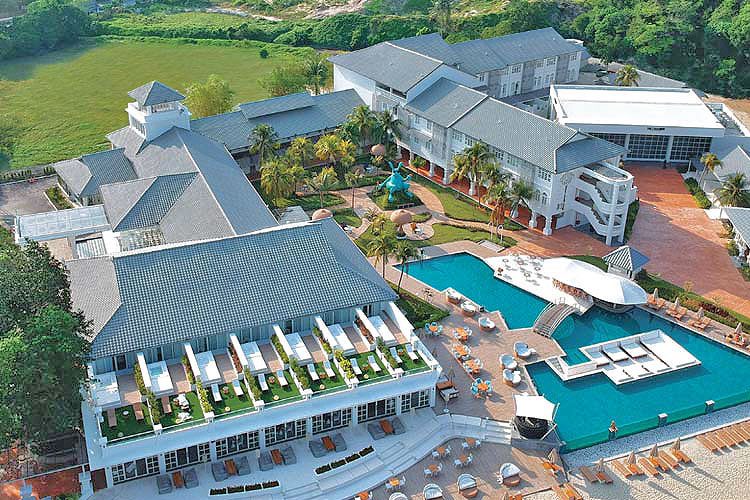
Of course, while perhaps arguably not the island’s best, the adjacent Pantai Cenang is still a fine beach, and is almost certainly Langkawi’s most popular, despite its seemingly aimless and unfocused development. Indeed, when driving down the main beachfront road, you will likely not even be able to catch a glimpse of the white sands and shimmering sea, both of which are hidden from view by the crowded warren of shopfronts, eateries, souvenir kiosks, and more than one uninspired cinder-block hotels. But despite the apparent lack of direction in Cenang’s evolution over the years, the area still retains some appeal. Along with an actual mall, a couple of sprawling dutyfree shops, and the tourist-friendly Underwater World attraction, holidaymakers at Cenang will find the entire scrimp-to-splurge range of hotels and resorts on offer, with perhaps the Casa del Mar and Meritus Pelangi topping the luxe list. The former is known as one of Malaysia’s most romantic getaways: The 34- room boutique beachfront property is a consistently popular choice for couples. Meritus Pelangi, meanwhile, occupies what might just be the best chunk of real estate in Pantai Cenang, a 14-hectare resort that fronts a full kilometre of white sandy beach.
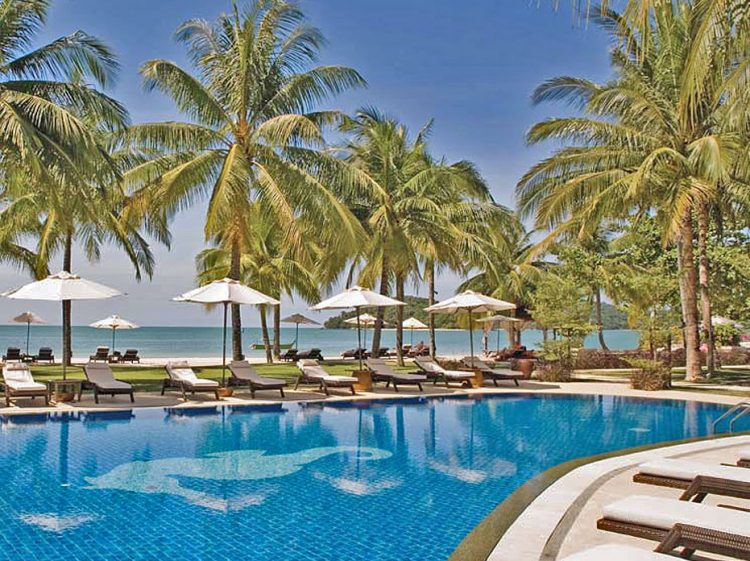
For visitors who want their holiday comfort packaged as a more rustic experience, there are some lovely homestay-type properties that will satisfy. Apart from a number of smaller places, such as Kampung Tok Lembut, near Pantai Tengah, and Panji Panji Tropical Home which is not far from Pantai Cenang, there are two privately owned resorts that are authentic and refined in equal measure and draw consistently high praise from visitors. For an intimate, near-the-beach experience, there’s Bon Ton Resort, offering a handful of antique, individually designed Malay villas, which have all been refurbished and modernised and set in a centuryold coconut plantation just minutes from Pantai Cenang. Owned by Australian Narelle McMurtrie, Bon Ton also features the marvellously authentic Nam Restaurant which features an exotic fusion of delectable Eastern and Western cuisine. Another winning choice, certainly among our favourites, is the beautiful Sunset Valley Holiday Houses. This serene property, owned by expat couple David Bradley (Australia) and Gudrun Nienaber (Germany), is located right in the centre of the island. A charming self catered resort, Sunset Valley boasts an inviting selection of authentic Malay houses ranging in age from 70 to 185 years, some with one bedroom, and some with two. Each traditional house has been purchased from its owners, removed from its original site, and rebuilt by skilled craftsmen in this fantastic setting. The houses, sited around a sparkling pool and communal pavilion overlooking beautiful rice paddy fields, have all been updated with modern, well-furnished kitchens and bathrooms, and offer a most comfortable and relaxing place to call home whilst in Langkawi.
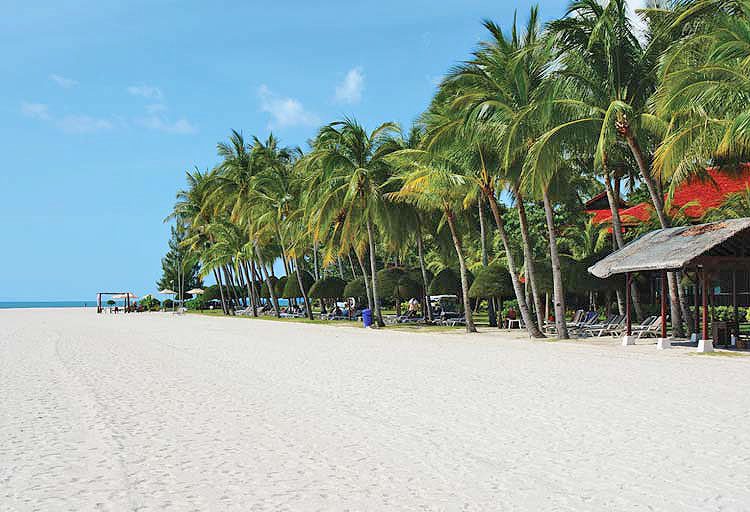
While the popular beach areas offer a range of water sports, shoppers will head to the island’s main retail centres. The Cenang Mall and duty-free shops are recommended if you’re staying near Pantai Cenang or Pantai Tengah, but if you’re not, the island’s main commercial centre, the town of Kuah, might be the best place for you. Though the town projects an admittedly downmarket feel in its rows of older department stores and shoddy shophouses, Kuah is nevertheless home to the largest concentration of retail stores in Langkawi. Having spent loads of time shopping there, we still haven’t quite figured out why there are so many hundreds of suitcases on display outside of many shops – after all, it’s not like luggage attracts huge taxes that would make buying it on a duty-free island especially appealing – but if you do need a new suitcase, Langkawi has a few thousand from which you can choose. Chocolates are also an immensely popular duty-free item here, with people queueing up in stores to purchase their favourite international brands, often by the basketful, to take back home for friends and family. And of course, duty-free alcoholic beverages are happily purchased by those looking for a fair-priced tipple. Of the 56 duty-free shops in Langkawi, roughly 20 of those are licenced to sell spirits and wines, with most of those in and around Kuah. Owing to a loosely and inconsistently enforced ruling that was enacted two years ago, you may (or may not) need to present a passport or Malaysian ID to purchase alcohol or tobacco, and monthly purchase limits may (or may not) apply. At the time of this writing, the limit for spirits was five litres per month, with a beer limit of three cases monthly. Smokers can purchase up to three cartons of duty-free cigarettes per month, as well. Supposedly, you must stay in Langkawi for 48 hours or more to enjoy Langkawi’s duty-free prices, but we’re unclear on how that would ever be enforced, and have never been questioned on this point when making any such purchases.
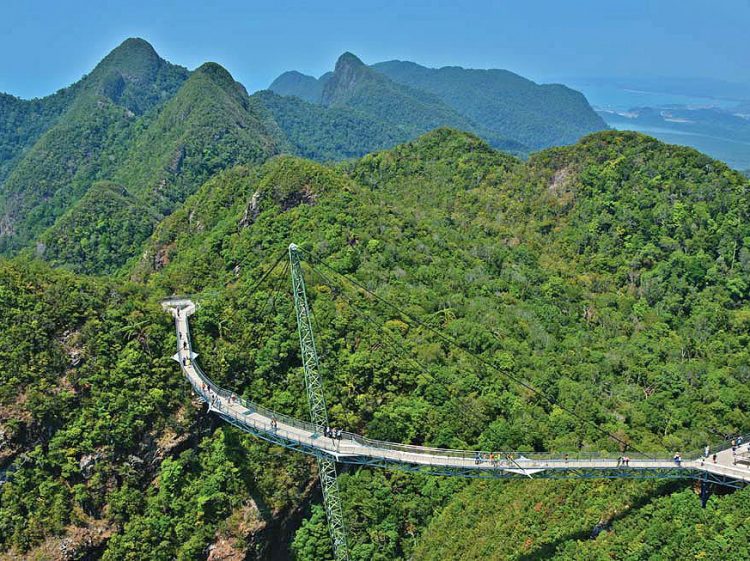
With assorted beach activities and plentiful retail therapy well in hand, what else is there to do in Langkawi? One deservedly popular excursion is a ride on the amazing Langkawi Cable Car, a true wonder that should feature on any visitor’s to-do list. Among the world’s steepest, the exhilarating 20-minute cable car ride takes guests over ancient tropical rainforest while ascending the side of Mat Cincang Mountain. The 1.7km journey to the cable car Middle Station sets visitors at 650m above sea level and the views are remarkable. The journey concludes at the Top Station (708m), and from there, a short walk to the Sky Bridge is both an adrenaline rush and a visual stunner. The scenic bridge, truly an engineering marvel, is suspended from a single 82m-high pylon and hangs about 100m above the forested landscape, arching gracefully outward to provide visitors with an absolutely breath-taking panoramic view of the 450 million-year-old Mat Cincang Range draped in dense rainforest and the Andaman Sea beyond. The cable car, once the sole offering here, has expanded its attractions considerably in recent years, so there are loads to see and do here apart from the cable car itself, including an interactive art gallery, 6D Cinemotion entertainment theatre, and more. The cable car’sbase is in the rather kitschy Oriental Village, located north of Pantai Kok and Telaga Harbour.
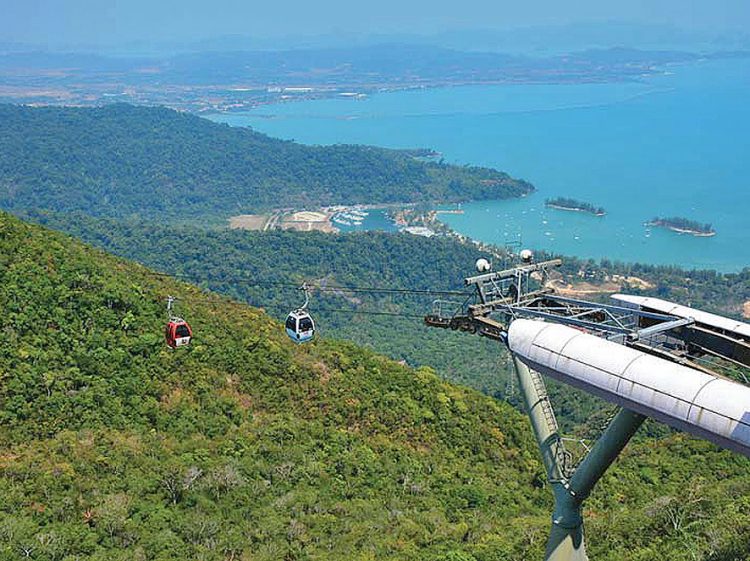
Guided tours of Langkawi’s outstanding UNESCO Kilim Karst Geoforest Park on the northeast coast of the island are also quite popular. Avoid tours that feature feeding of Langkawi’s eagles and Brahminy kites: This unfortunate activity cropped up a few years ago and, though now not as commonplace, still sees small tour boat operators feeding bits of chicken skin and scraps to the soaring birds, whose natural diets certainly do not include such things. We recommend just searching for “Langkawi mangrove tours” or reading visitor reviews on TripAdvisor and choosing an operator who conducts ecologically responsible tours. The UNESCO-inscribed Global Geopark areas of Langkawi are among its richest assets, and a boat tour is really a must to fully appreciate the beauty and diversity of the Kilim Karst Geoforest Park, one of three areas of Langkawi so designated. (The Dayang Bunting Marble Geoforest Park and the Mat Cincang Cambrian Geoforest Park are the others.) Outside of the panoramic splendour of the forested limestone karsts and azure seas, keep a sharp eye out for mudskippers and tiny, brightly coloured fiddler crabs when you’re in the mangrove forests. A good guide will help point these out, along with mangrove-dwelling snakes and cheeky monkeys who inhabit the tangled roots.
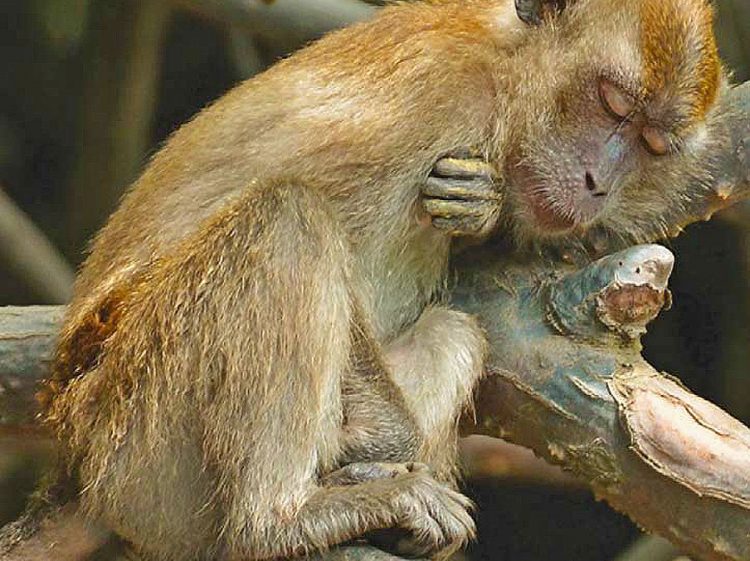
Langkawi is an ancient wonderland, and though it features modern roads and plentiful luxury, some of its greatest appeal lies in its natural beauty and laid-back simplicity. Traditional kampungs, easy-going residents, and uncomplicated daily routines are still the mainstays of Langkawi. As a visitor, it’s always a pleasure to dip a toe into this bygone world, all while indulging in top-class accommodation, taking in some lovely beaches and even better rainforests, and enjoying duty-free (though admittedly not world-class) shopping. Langkawi has a great deal of untapped potential – and if history is any indication, there will be plenty more misses than hits as this potential is explored – but even today, this wondrous, curious little Malaysian island still offers its visitors a great deal of enjoyment and opportunity.